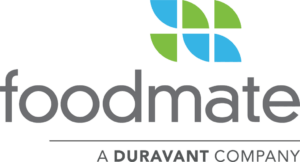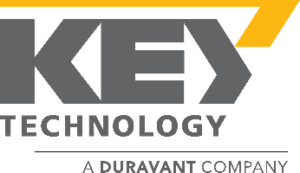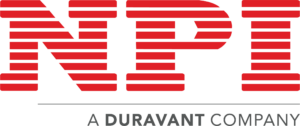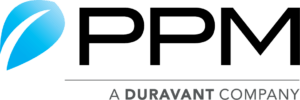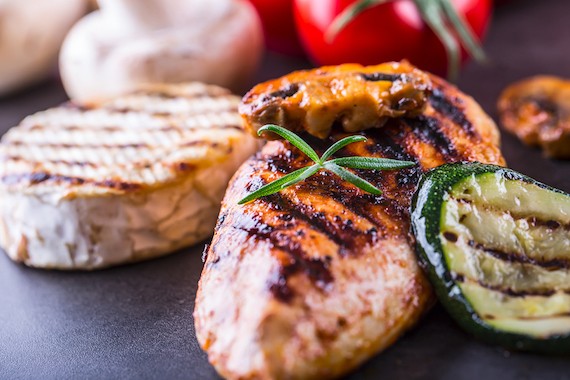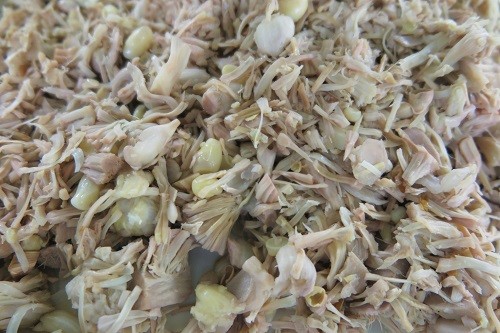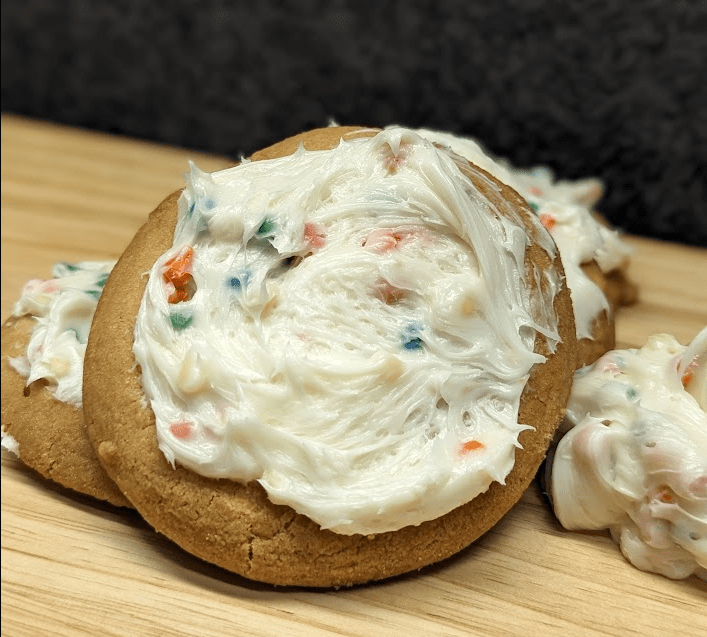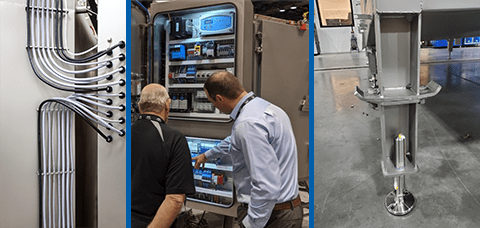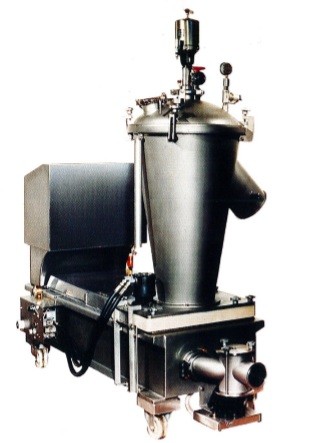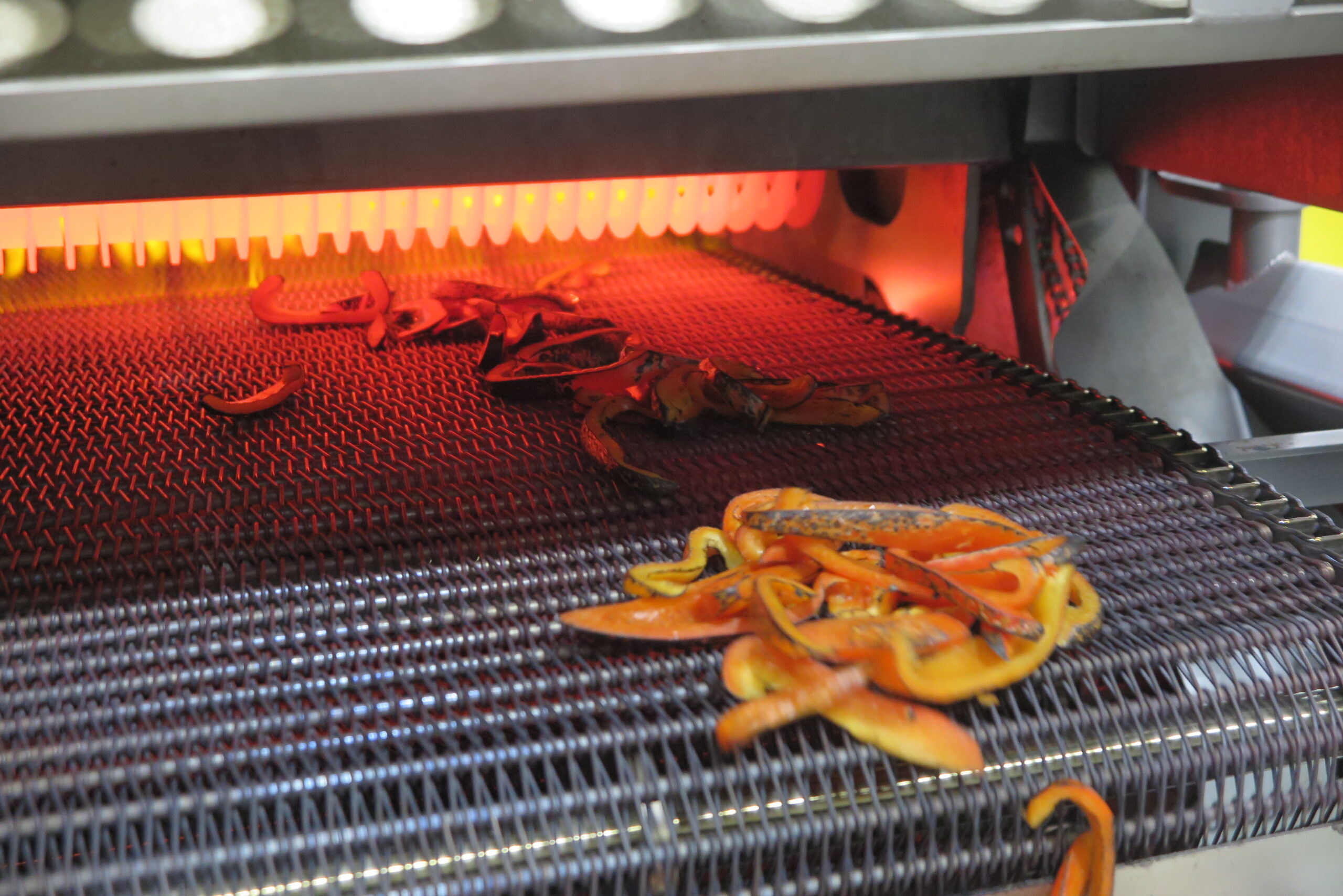When it comes to ready-to-serve meals, deli products, frozen foods, and even fast-food items, consumers are looking for products that feature authentic color as well as appealing texture and delicious taste. Now food processors can deliver those consumer preferences through modern surface treatment technologies designed for the best yields at a variety of quality standards.
One of the principal methods for developing natural color is with flame. With modern flame cooking and other surface treatment technologies, a whole range of authentic colors and surface effects can be achieved consistently, efficiently, and more quickly than with traditional methods and technologies. This enables food processors to create foods with subtle differences in appearance, ranging from products traditionally made at home to those prepared by top chefs, while retaining higher product yields in a faster cook time.
Consumers Look for Natural Surface Effects and “Clean Label” Foods
Perhaps one of the oldest surface treatment methods for coloring products is flame. Currently, the term ‘flame grilled’ is used to market everything from chicken wings to fire roasted tomatoes for spaghetti sauce. The effect that a flame has on any product depends partly on the fat-to-protein breakdown of the product. The color result is anything but uniform; however, the taste and appearance of a truly flame-grilled product is unmistakable. Today’s flame grill machines can be used for an array of value-added food products, ranging from burgers to veggies, chicken, and fish.
Additionally, truly flame-grilled foods are seeing higher demand due to the reduction in need for artificial coloring agents, as well as a reduction in need for dextrose, fillers, or binders for yield retention. These benefits help meet modern US consumer trends, European consumer trends, and Asian consumer trends toward “clean label” foods.
Flame Grilling is More Efficient Than Traditional Cooking Processes
A traditional meat cooking process will fully cook the product in a linear or spiral oven, then the product will go into a grill marker to get a flame-grilled appearance after the temperature is checked to make sure it meets the requirements of the facility’s HACCP plan. In this process, the product is already fully cooked before it enters the grill marker. This adds more energy to the product, which both degrades the quality and reduces the yield.
In contrast, a flame searer will seal in a product’s flavor and add the grill marks prior to going into a linear or spiral oven to finish cooking. In this alternate process, the energy put into the product during the initial flame grilling step becomes part of the cooking process. This increases the efficiency and yields of the line by decreasing both the energy required and the total cooking time.
Industrial Flame Searing Increases Product Yield…
Upon entering the flame grill, direct flame completely envelops the product to rapidly seal in moisture. This allows the direct flame to rapidly sear in juices that would otherwise be lost, while also improving color and flavor profiles of the product. The difference in yield savings gained by grilling pre- vs post-oven can be 6-8% improved.
Surface Treatment Can Reduce Cook Times
When the cooking process begins with an industrial flame grill (or other surface treatment equipment), the total cooking time is significantly reduced. Using a traditional process with a grill marker after the product leaves the oven, the total cook time may be about ten and a half minutes: ten minutes to fully cook in the oven, then an additional 30-40 seconds in the grill marker.
Alternatively, using a surface treatment machine prior to sending the product to an oven, the total cook time will be reduced. Using the Marlen Afoheat™ Flame Grill as an example, the previous cook time of ten and a half minutes can be reduced to about nine and a half minutes: first, 30-40 seconds in the Flame Grill; second, nine minutes or less in the oven. The results of these improvements can have a dramatic effect on your bottom line: throughput of the oven can increase by 10% to 25%.
Flame Grilling Alternative Proteins and Plant-based Foods
With COVID-19’s impact on consumer behavior, alternative proteins and plant-based food segments are going mainstream. Industrial flame grilling is also useful in meeting this new trend in consumer demand. Marlen’s Afoheat™ Flame Grill can be used for all types of protein products, as well as vegetables such as onions, bell peppers, mushrooms, and more.
Marlen’s Afoheat™ Surface Treatment Solutions offer searing, roasting, and grill marking solutions with either gas-powered direct flame technology, infrared radiation, or convective heating. Through multiple adjustable ribbon burners our Flame Grills offer a truly flame seared product with maximum cooking efficiency and flexibility, along with improved yields and a boost in product quality.


